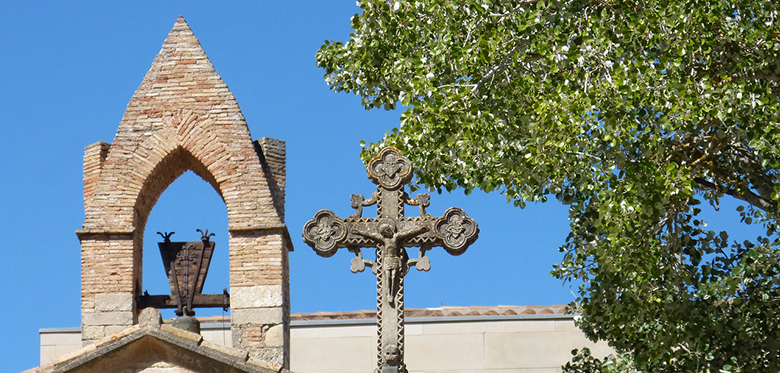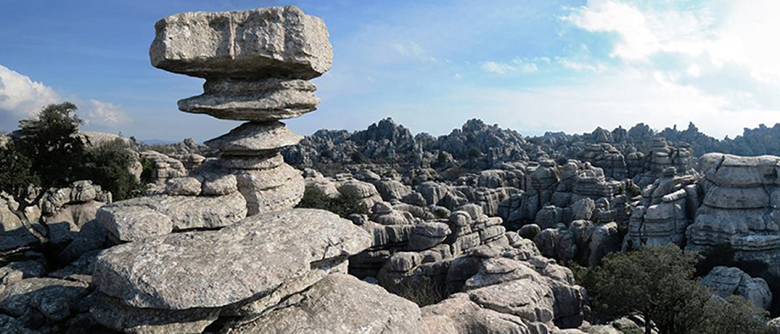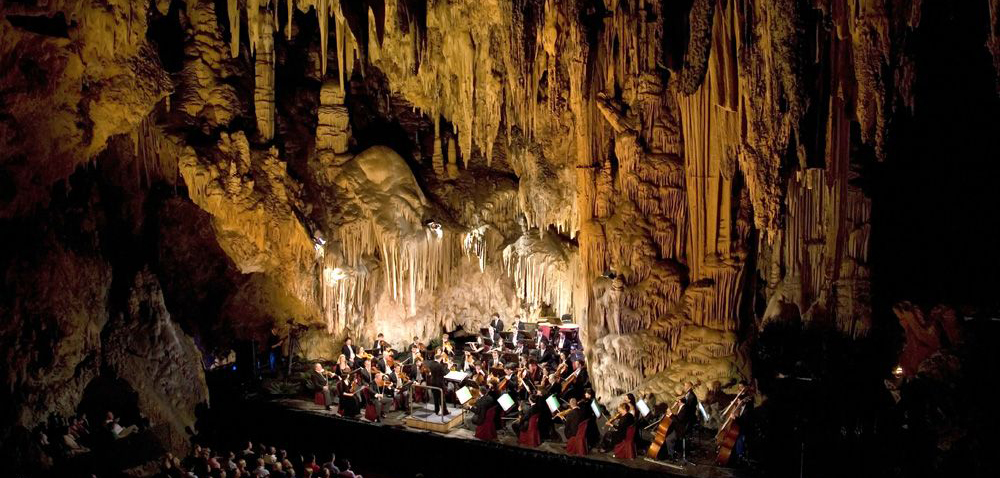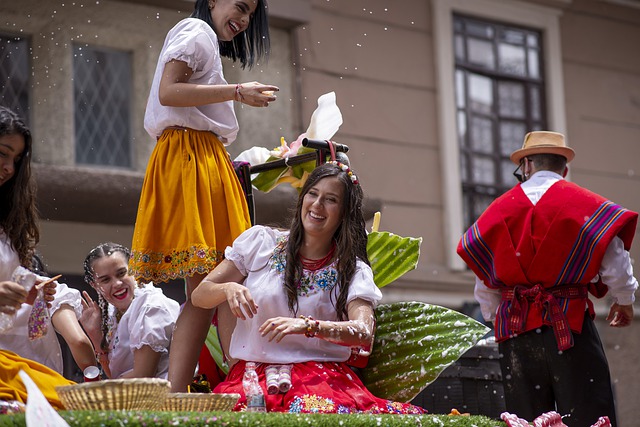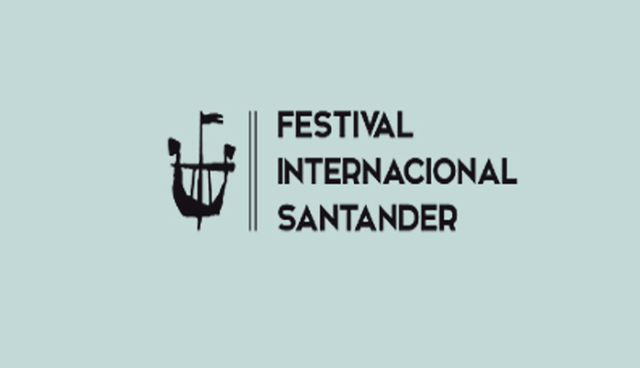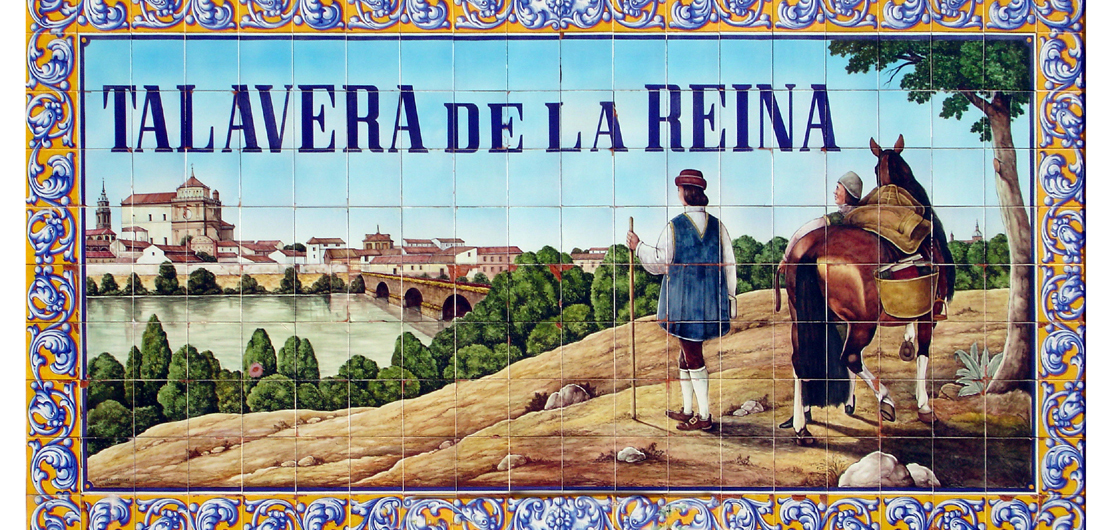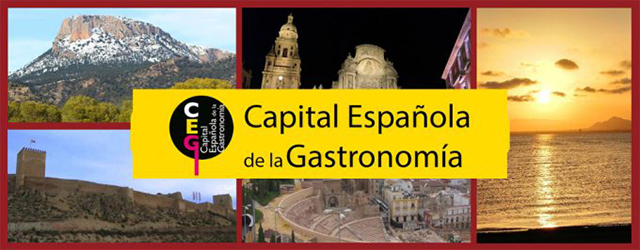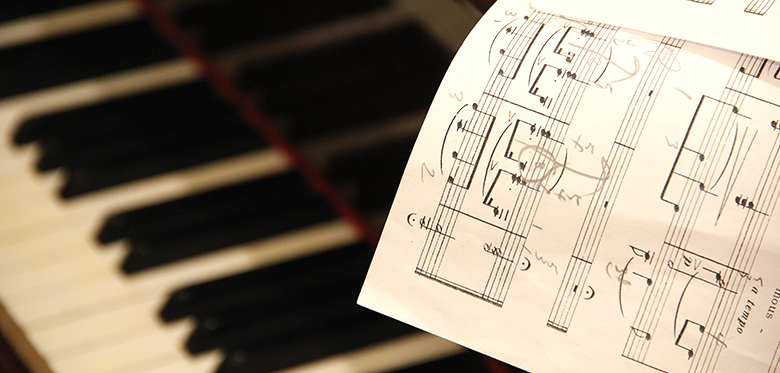In the northeastern provinces of Tarragona and Lleida lies a fascinating route of imposing monasteries, constructed by the followers of the Cistercian order. The austere spirit of this order can be seen in its architecture, which blends Romanesque and Gothic styles, and is a truly unique and unforgettable way to discover this picturesque region of Catalonia.
The Cistercian order and its remnants
The Cistercian order was founded in France in 1098 by a group of monks loyal to the Rules of St. Benedict: prayer, work, meditation and poverty. In the 12th century, this order established an important stronghold in Spain, just after the Crown of Aragón had re-conquered Catalonia from the Moors. The monarchs of Aragón allowed the Cistercian monks to build monasteries in this new land, which remain today. Most notable among them are the monasteries of Santes Creus, Santa María de Poblet and Vallbona de les Monges.
At the Santes Creus monastery in Aiguamúrcia, visitors can explore the church, the cloister and the chapter room, as well as the monks’ dormitory and refectory. This monastery is also home to an Abbatial Palace and the tombs of the kings Peter III and James II of Aragón. The second monastery, Santa María de Poblet (in Vimbodí), lies at the foot of Prades mountains and Poblet forest, and is the largest of the three Cistercian monasteries mentioned. It has an early church (with several royal tombs) and cloister (built in the 12th-14th centuries), and several buildings from different periods dating up to the 18th century. At the monastery of Vallbona de les Monges, it is the church that stands out, with its dome-belfry and the tomb of Queen Yolande of Hungary, wife of James I of Aragón.
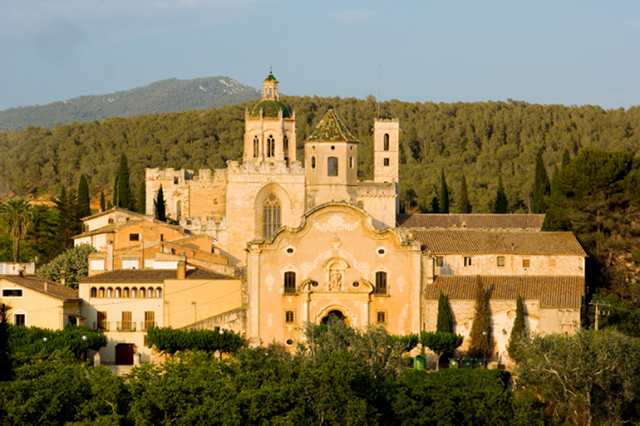
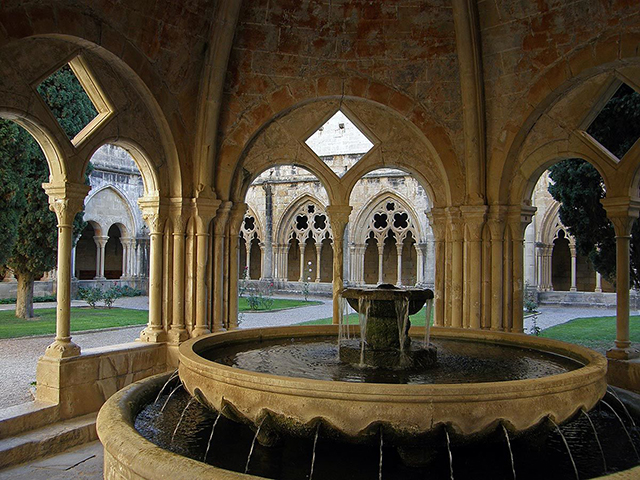
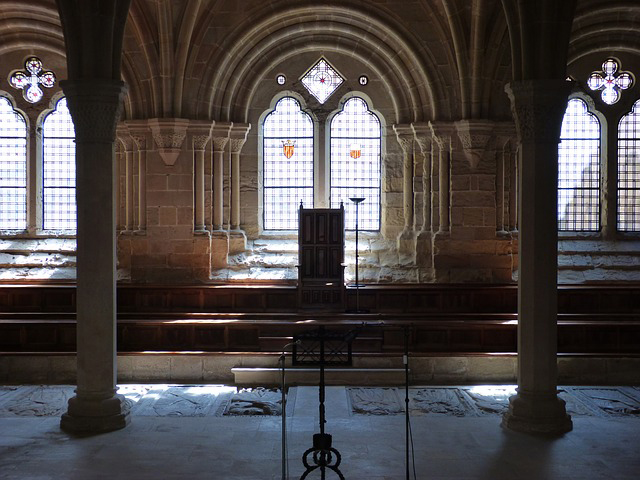
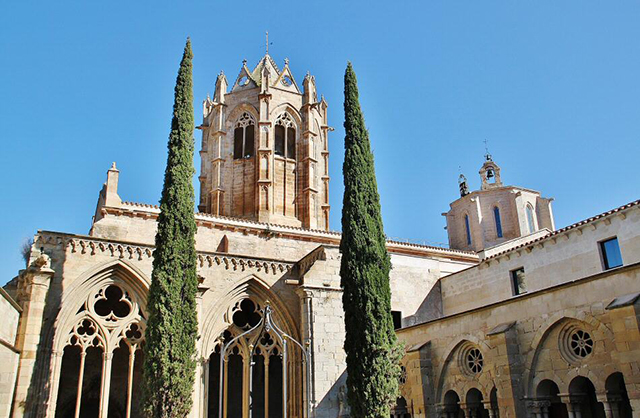
The surrounding region: culture and calçots
The monasteries may be the highlight, but the surrounding region has much more to offer: unique museums, beautiful nature, charming traditional villages, and excellent wine and cuisine. Don’t pass by the town of Valls, which has a rich architectural and artistic heritage including the Roser Chapel and a variety of Modernist buildings. Visit this town at the end of January or beginning of February, to experience one of the typical calçotades, which are gatherings where people eat char-grilled onions (calçots). Valls is known as the capital of calçots, and its calçotades are a cultural and culinary experience like no other!
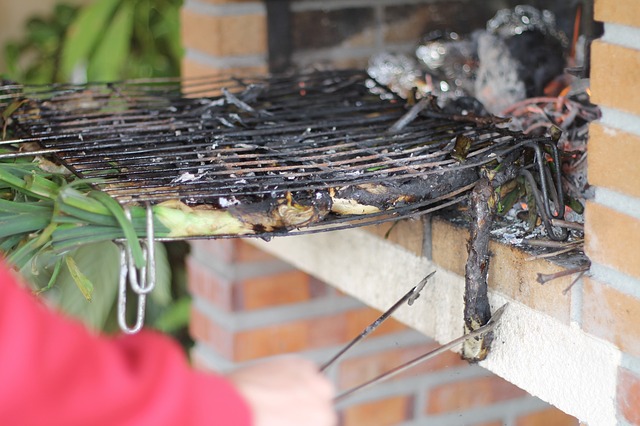
Montblanc is another breathtaking village on this route, and has the best preserved medieval old town in Catalonia. Finally, visit L’Espluga de Francolí to see the old church of San Miguel and cooperative winery, which is currently the Wine Museum, hosted in a splendid Modernist and 19-century building.
Getting to know Catalonia through the Cistercian Route
The Cistercian Route is certainly a road less travelled by visitors to Catalonia, and your group will love the authentic and traditional experience they get. The region has much more to offer than just the highlights mentioned above, so contact us today to start planning and get the most from your journey!
